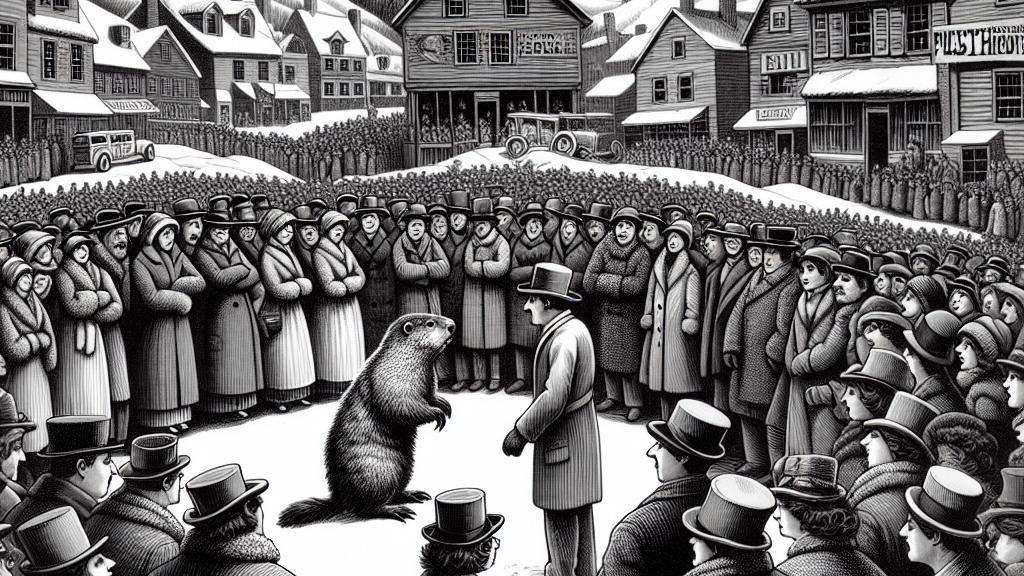The Truth Behind Groundhog Day and Weather Predictions
Overview
- Groundhog Day captivates thousands in the US every February.
- Punxsutawney Phil's weather predictions are surprisingly inaccurate.
- Meteorologists encourage a reevaluation of animal-based forecasts.

Groundhog Day: A Celebration of Folklore
Every February 2nd, the small town of Punxsutawney, Pennsylvania, bursts into life as crowds gather to witness the legendary Punxsutawney Phil's big moment. This whimsical event has become an integral part of American culture, filled with enthusiasm and anticipation. The tradition, rooted in Pennsylvania Dutch folklore, posits that if Phil sees his shadow, winter will linger for six more weeks. However, amidst the festivities, one must ponder—can we truly depend on a rodent's shadow to dictate our seasonal expectations?
The Shocking Reality of Phil's Predictive Skills
Despite the joy and spectacle surrounding Phil, the statistical truth is rather disheartening. The National Oceanic and Atmospheric Administration (NOAA) reports that Phil has only managed to make accurate predictions 35% of the time. Contrast this with Staten Island Chuck, who impressively boasts an 85% accuracy rate. It's almost comical when you consider that people place their faith in a groundhog rather than more reliable meteorological sources. Phil's amusing predictions are indeed a fun tradition, yet they highlight a critical question: why are we still celebrating a weather forecast based on such dubious accuracy?
Rethinking Our Love for Animal Predictions
Numerous scientists and meteorologists advocate for a fundamental shift in how we view animal forecasts. While the charm of Groundhog Day is undeniable, it’s essential to recognize that such predictions lack a scientific foundation. Trusting Punxsutawney Phil for weather advice is as whimsical as relying on a magic eight ball to make significant life decisions. As we tap into the wonders of modern meteorology, we have access to detailed weather data, predictions based on advanced algorithms, and atmospheric models—far more precise than any shadow could indicate. So, as we gather each year to celebrate Phil, let’s embrace the joy of tradition while also appreciating the incredible advancements in weather science that provide us with the accurate forecasts we need.

Loading...